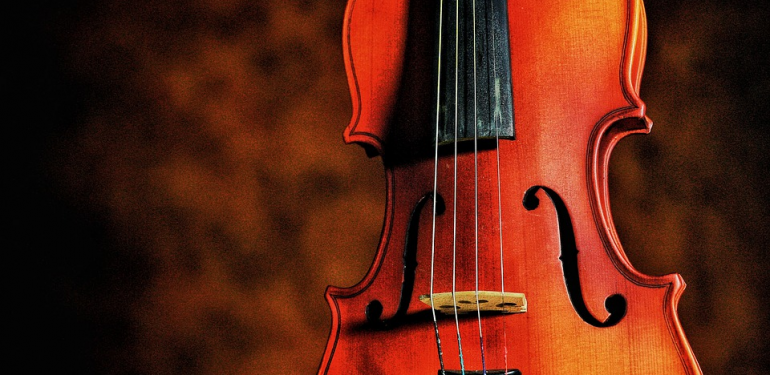The viola players you look up to certainly went through years of practice and hard work before they became established in the music industry and given several opportunities to perform in different countries.
At some point during your practice years in playing viola, you may have thought to yourself that there’s no way that you can be as good as the players you look up to. But there are actually techniques that you may try for yourself to get better at playing the instrument. Here are some of the techniques that professional viola players have adapted in guaranteeing that they always give their best performance:
TECHNIQUE #01 – PERFORM WITH THE RIGHT ARM WEIGHT
Professional viola players advice that the key in having a superb performance is learning how to release the weight of your arm while bowing. It can be achieved through imagining that while playing down bows, it is as if you’re throwing down the ball and vice versa.
TECHNIQUE #02 – PRACTICE YOUR BOW SPEED
As you may have already known, proper timing of your bow speed affects the sound that your viola produces. That’s why it’s best to practice with long bows with an etude and play in front of the mirror so that you can assess how you can speed up the playing of the bow accordingly.
TECHNIQUE #03 – PROPER POINT OF CONTACT
To have the right point of contact, practice bowing in a straight line. Resolving the direction of your bowing can help in curing the articulation and the quality of the composition you’re trying to play. Again, practicing in front of the mirror gives you a good insight on how you can properly position the instrument and your body to get the right sound and tune.
TECHNIQUE #04 – PRACTICE GOOD POSTURE
It takes a lot of practice to get your posture right. In the first months, it can be hard to find the perfect spot that you can play without feeling your body getting numb or sore during practice hours. It’s advisable to keep your viola higher, raise the music stand and find the perfect distance where your bow won’t drift from the fingerboard.
TECHNIQUE #05 – CHOOSE THE RIGHT PRACTICE AREA
Another thing that some amateurs forget is having the best practice area. It is important that you choose a place that is quiet and away from distractions as it can help you to concentrate. Look for a spot in your home where you can play your viola in peace.
It’s also ideal to follow a schedule to make it a habit to practice playing viola every day. Also, during your practice hours, always try to have small breaks and review your performance and see which areas you can improve along the way.
TECHNIQUE #06 – ALWAYS EXPERIMENT
At the end of the day, the technique that matters is where you are most comfortable at. Just because someone became good in playing viola in a certain technique doesn’t mean it would work for you too.
Listen to your body and your instrument and find which of these techniques make you feel at ease and at one with the instrument. Maybe through years of practice, you’d be able to have your own technique that would make playing viola easy and effortless.






